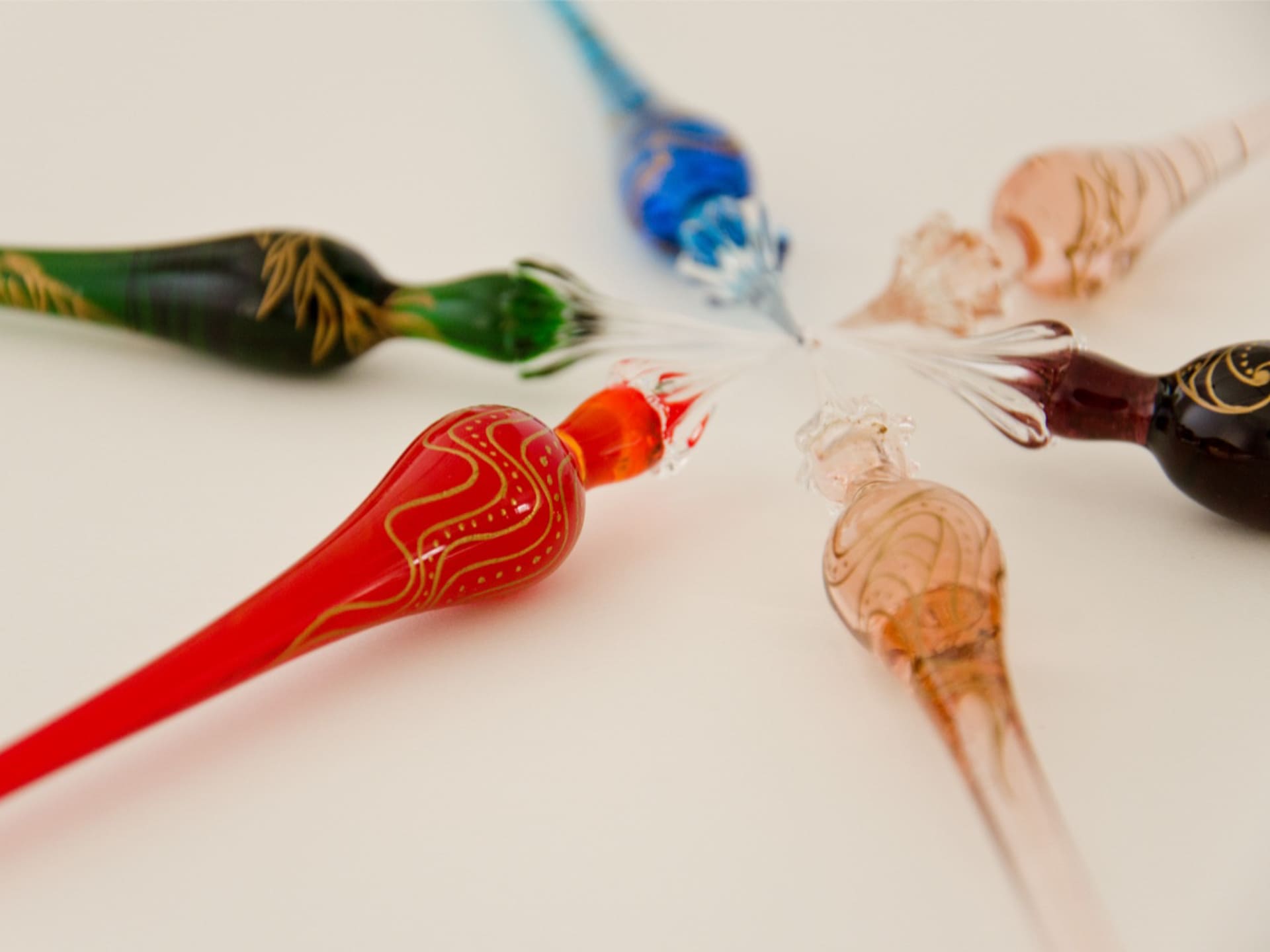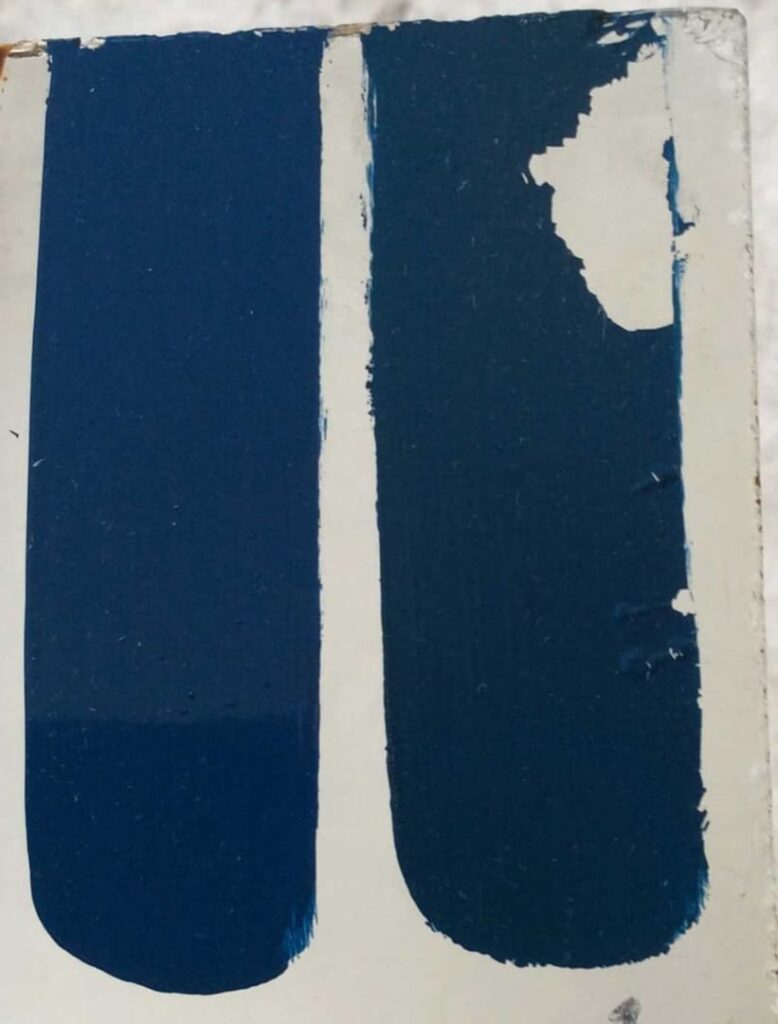
Urushi for Glass
Convenient Urushi That Brings “Something You’d Be Happy to Have” to Life
Traditionally, Urushi has had poor adhesion to glass and ceramics. In the past, methods like sandblasting, baking, or primer treatments were used to improve adhesion. However, these processes have the following drawbacks:
- Increased steps, time, and cost.
- Applying a primer changes the thickness and texture of the paint, altering the feel of materials like glass.
- For example, when applying fine maki-e (gold and silver powder decoration) to glass, if the entire surface is polished or painted, the areas without Urushi lose their texture. Additionally, masking off the non-coated areas requires a lot of effort.
To address these issues, we developed “Glass Urushi.”
Features
A type of Urushi that adheres strongly to materials like glass and ceramics, which have traditionally had poor adhesion.
- No polishing required
- No primer required
- No baking required
- No tedious masking required
- The texture of the substrate remains the same
- When Urushi is applied directly to the material and dried, adhesion strength is achieved that far surpasses traditional Urushi.
- Combined with Qualia Coating, it offers even greater reliability.
- Perfect for Kintsugi… it is possible to combine Glass Urushi with Mugi Urushi or Sami Urushi. Glass Urushi in Rōiro Urushi or E-Urushi is also available.
- Available in Ki-Urushi(raw Urushi), Nuritate Urushi, Colour Urushi, and Clear Colour Urushi; Glass Urushi is available for all these types.
- Complies with the Food Sanitation Act
How to Use
- Before applying Urushi, degrease the base material with lacquer thinner. If the material could dissolve with the thinner, use benzine or acetone to wipe away any residue.
- Apply or paint the Urushi just like with regular Urushi.
- Dry the Urushi as you would with normal Urushi.
- After the Urushi dries, avoid using the item for at least 3 weeks and store it in a Shime-furo (humidity-controlled curing box). This will help the Urushi harden further and reduce the risk of peeling after use. The adhesion strength increases as the Urushi hardens.
Precautions for Use
- Glass Urushi contains approximately 10% synthetic resin added to natural Urushi.
- Glass Urushi does not guarantee 100% adhesion, but it offers stronger adhesion than traditional Urushi.
- Always perform an adhesion test before use.
- When Glass Urushi is used as a top coat, the coating will be a mix of Urushi and synthetic resin.
Our Close-up Test Results – Water Immersion Test –

*Photo of the glass plate test results (Left: Our Glass Urushi with Colour Urushi, Right: Other Company’s Glass Urushi with Colour Urushi)
We applied Urushi to a glass plate and subjected it to water immersion tests at the following intervals: 1 week, 2 weeks, 3 weeks, and 1 month after drying.
The test was conducted with Colour Urushi (light yellow) and Akairo Rōiro Urushi (red-brown), and both showed similar results. Normally, when traditional Urushi is applied to glass, adhesion is poor, and it can start peeling off in as little as a day if immersed in water.
- 1 Week: No peeling after 3 months – slight resistance when scratched.
- 2 Weeks: No peeling after 6 months – slight resistance when scratched.
- 3 Weeks: No peeling even after 1 year – no resistance when scratched.
- 1 Month: No peeling even after 1 year – no resistance when scratched.